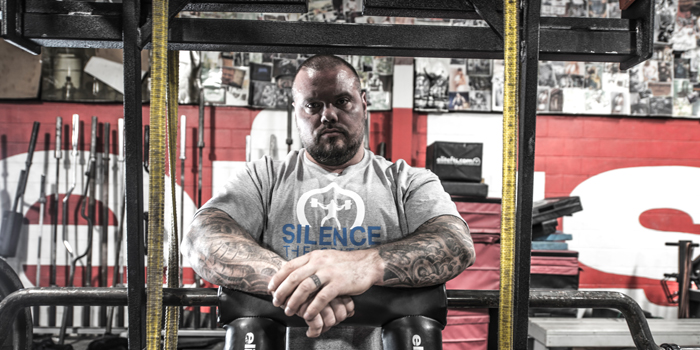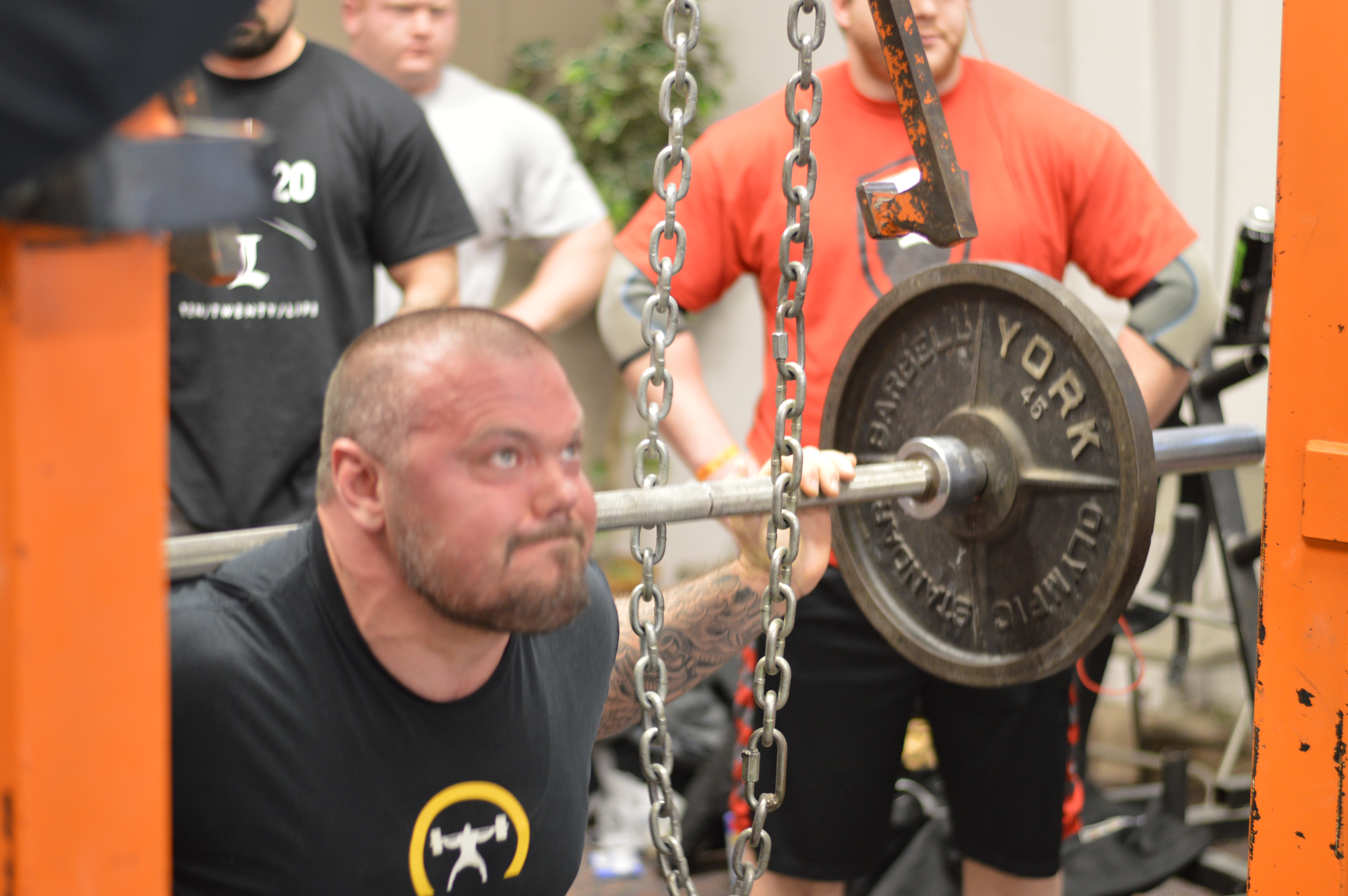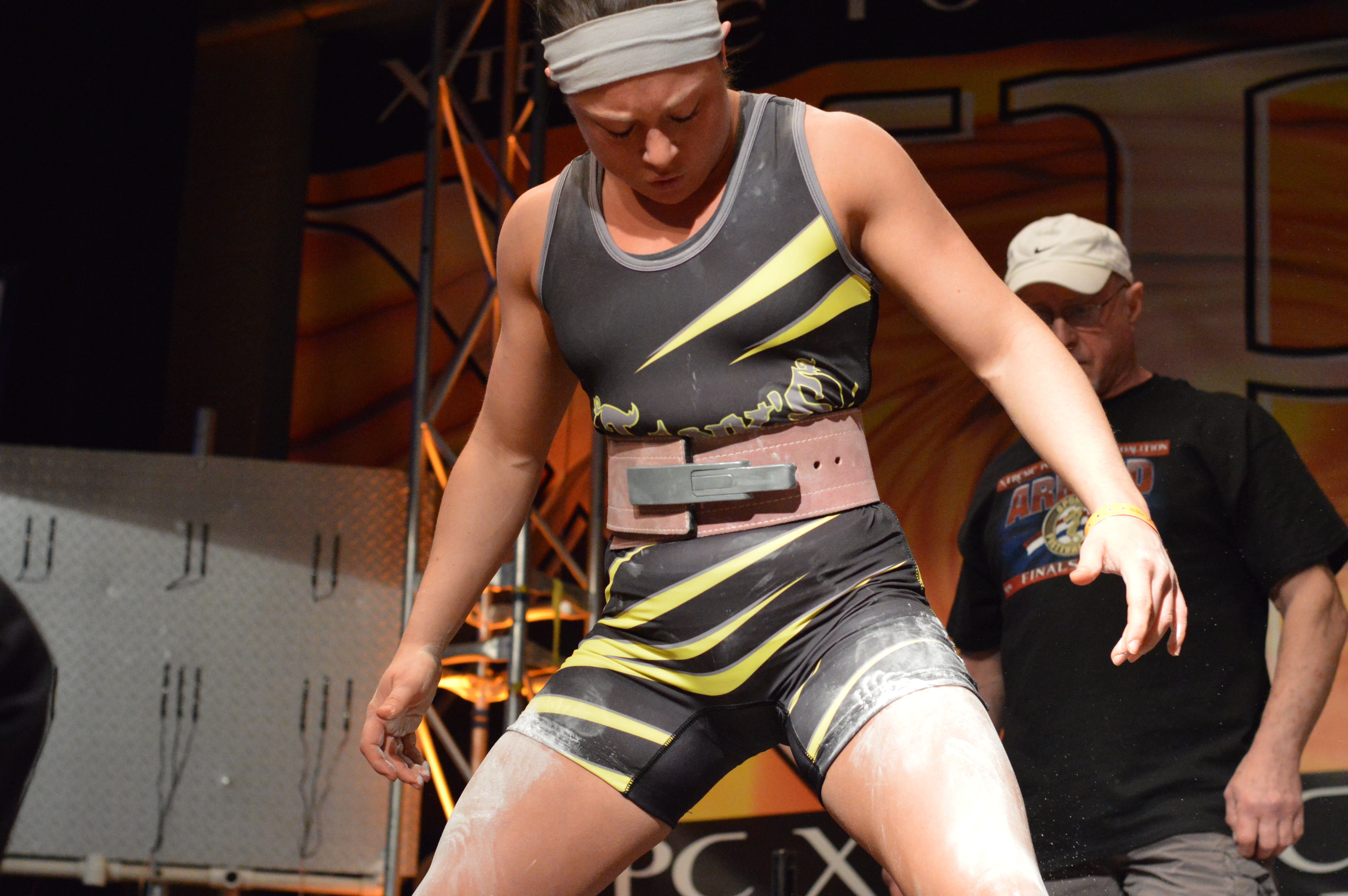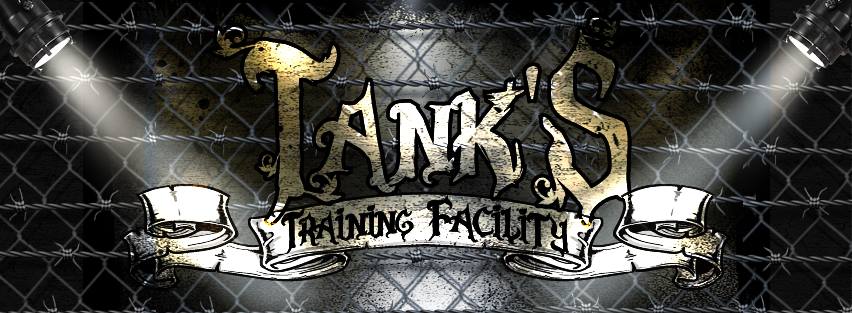
Throughout my life I have been through many training partners and had many clients. I have trained since the age of 15. I have coached individuals, athletes, clients, teams, small groups and more since 2001.
While attending the University of Wisconsin (Madison) on a football scholarship, I started my trainer experience. During my off-season, while playing for the Arena Football League (AFL) I trained clients. My full time trainer commitment began when I opened Tanks Training Facility (TTF) in 2009. I've seen and learned a lot of things over this time.
As a lifter and coach, you get attached to the people you train with and coach. I have and will go above and beyond what most people will to help someone better themselves in powerlifting or in their respective sports. I have trained a variety of athletes for free or next to nothing while expecting nothing in return but that they commit to bust their butt every time they walk through the door of my facility (TTF).
One athlete in particular got hurt during their season and placed all the blame on lifting weights.This is a ridiculous excuse.There-in lays the problem.
I am a firm believer that lifting weights must be included in all programs for athletes. Valid research and documented medical proof supports this issue. Weight lifting along with consistent exercise, proper nutrition, regular rest, and good work ethics lead to avoiding injuries, not causing them. Chances are that lifting weights did not hurt this athlete but in fact not lifting weights (in-season) might have caused his injury. Mayo Clinic, Forbes Magazine along with numerous well-known researchers, doctors, coaches, trainers and educators discuss the issue of how proper weight training benefits the human body and, conversely, lack of proper and regular weight training actually deteriorates or lends to damage and injuries to the body. In fact, using weight bearing exercises must be a life-long practice in order to maintain healthy skeletal, muscular and circulatory systems.

One athlete somehow hooked up with a chiropractor to train her in the off-season. From what I have seen and heard, the sessions are so ridiculous it makes me sick to watch. Fitness balls, cliché band movements and movements you see in a “perform better” magazine are all regular movements used. Hearing about these workouts not only was disturbing to me and sad, but it was a loyalty issue as well. This athlete needed to have a regular program which is designed to develop strength and support of all body tissues not merely simple and occasional movements in an office setting. Not being well prepared for actual games leads to injury!
Another example is one of my former athletes who turned into a powerlifter. I trained this athlete for years. I helped both in the facility and outside the facility. I developed a program for no charge and at each meet this athlete’s totals improved. During the Arnold Classic 2015 while I was coaching her, she continually would talk with another trainer between attempts. This was the first issue. Next we were training for an upcoming meet at my facility and this athlete was not only training on our program but at college (still plays collegiate sport) and training at another gym.
Overtraining (three different places with three different programs) will kill any desired results. Not only was she training at our facility but college and another gym as well. This was too much for them and I thought it was best to kick them out of my facility and advise them to go to the other gym. While this seems kind of rough and rude it was more of merely looking out for my client’s best interest.
Once again, the feeling of ‘letting you down’ happens when an athlete is not loyal to a trainer. As a result of having two major surgeries since May, I have had a lot of down time to reflect. A lot of that reflection time was used to rethink of ways to properly run my business and keep the professionalism in my facility. Naturally, a trainer must form an attachment to clients and care about their progress. There is a fine line here if one wants to keep their sanity and avoid anger and disappointment. I have had to rethink ways to avoid getting upset if it is a one-sided loyalty and the loyalty is not important to the client. I must be careful to not cross the line from a proud trainer to a disappointed trainer. It is crucial to realize that not all clients are going to be loyal.
Training teams, groups, organizations, or powerlifting groups as well as numerous clients keeps me busy enough. Knowing they want to be at TTF and training in our template is very reassuring. It reinforces the fact that what we offer is a quality product (with proven ‘extremely productive’ results) and they know it.
In the future, I have vowed to worry less about negative loyalty issues and let-downs, but to instead focus on all of the loyal clients and positive input resulting from the many successes achieved.
I am committed to using the newest techniques available in order to enable my clients to reach their highest completive level. They must have the desire to do so
The word GREAT speaks for itself:
Growth Readiness Exercise Attitude Toughness











2 Comments